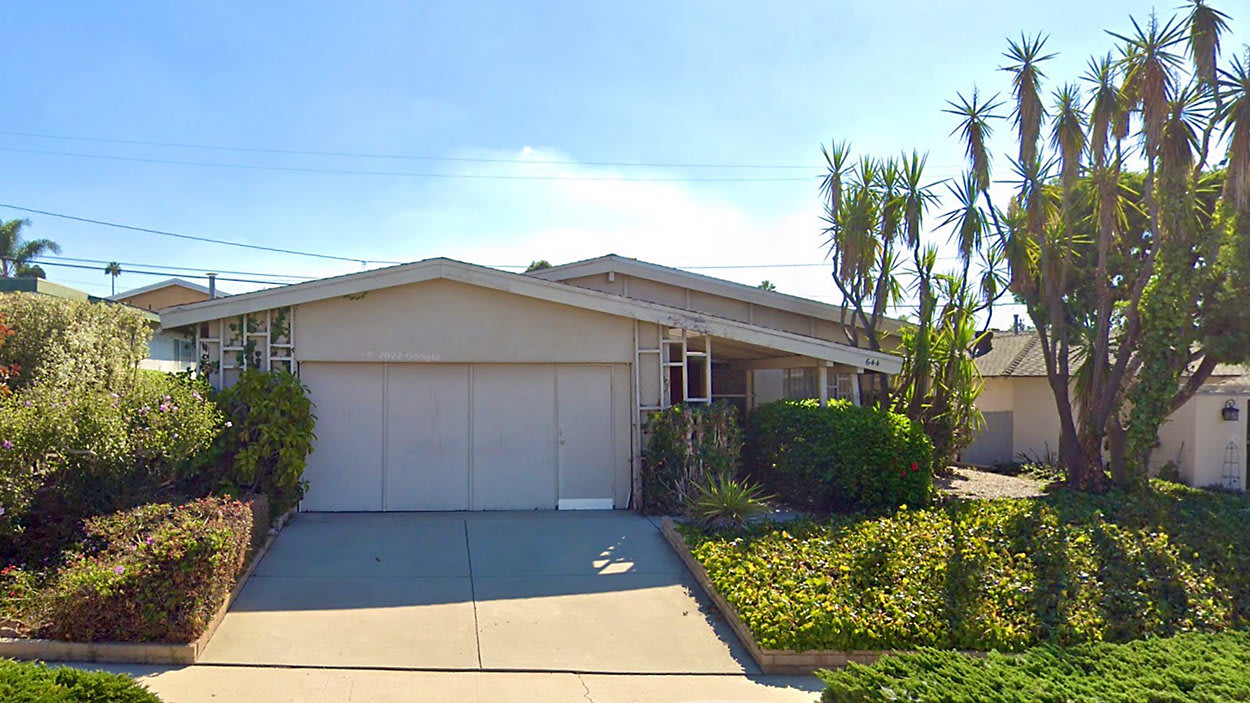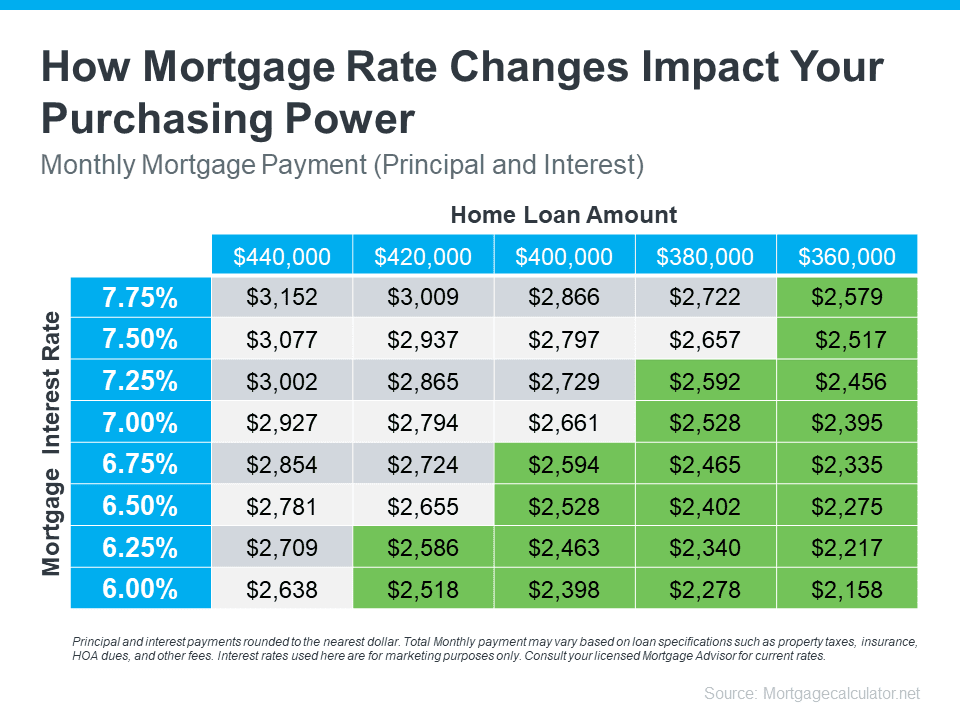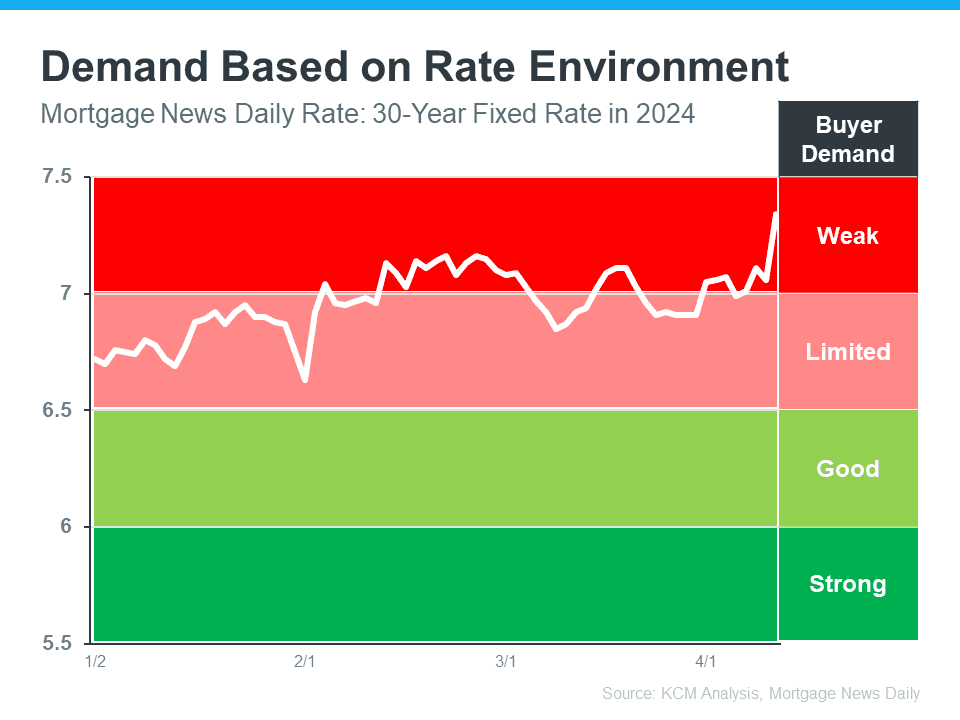Orange County's Low Inventory Fuels Bidding Wars and Prevents Home Prices from Crashing
April 9, 2023

April 9, 2023

EAL BEACH, Calif. — For all the talk that Southern California's housing market is crashing, Melissa Phillips waves it off.
Last week, Phillips, a realtor at First Team Realty in Orange County, bid on a three-bedroom, two-bathroom house for her client for $1.3 million cash. The home on Sandpiper Drive in Seal Beach's "The Hill" neighborhood received 14 other offers and closed above the $1.29 million list price.
“There are still bidding wars and multiple offers for properties priced right in this market,” said Phillips, adding that a home in Rossmoor also had multiple offers and closed within a couple of days after listing. “The fact is, there’s nothing out there. Inventory is stupid low.”
Unlike the first couple of years of the pandemic, when low mortgage rates and limited inventory created a home-buying frenzy, this time around, just the general lack of homes for sale in Orange County and across Southern California is fueling the current real estate market.
Real estate experts said potential sellers remain on the sideline, and the low inventory keeps home prices relatively high and prevents them from crashing.
“The most impactful thing is the lack of inventory,” said Serena Goss, a broker affiliate at First Team Commercial. “We see some pricing pressure, but because inventory is so low, it’s not declining. In coastal markets, it’s staying relatively high, and in certain areas and multiple areas, there’s still a lot of buyer demand.”
The arrival of the Spring market is usually the start of the home-buying season. Late March, April, May, and the summer months typically have the highest number of homes in the market before it tapers off in the fall and winter months.
But this year, there are 45% fewer sellers in Orange County compared to the three-year average before the pandemic, according to Reports on Housing, a data site that tracks Southern California’s housing market.
Orange County has a little over 2,100 homes for sale, its lowest level since April last year. While that number is up from last February’s 1,500 homes, it’s still nowhere near the three-year pre-pandemic average of 5,200 listed homes for the month.
“Homeowners continue to ‘hunker down’ in their homes, unwilling to move due to their current underlying, locked-in, low fixed-rate mortgage,” said Steven Thomas, an economist at Reports on Housing, in his monthly report. In February, Thomas said, about 1,700 new sellers entered the market in Orange County, 45% or 1,400 fewer than the three-year average before the pandemic.
“The difference between their underlying rate and today’s prevailing rate is significant and precludes many homeowners from listing their homes for sale and moving to another house,” he said. “This will continue until mortgage rates drop.”
Home prices have only dropped slightly since the Federal Reserve began increasing interest rates to stem historically high inflation last year. According to the California Association of Realtors, the median sold price in February in Orange County was $1.15 million, compared to $1.26 million last year.
And demand remains relatively high despite the higher mortgage rates, about 6.5% for a 30-year fixed rate as of Thursday.
Thomas said demand, which he defines as the number of new escrows over the prior month, and expected market time, the number of days a home sells, is hotter now than at the start of the year.
In January, the market time dropped from 84 to 42 days in March. Before the pandemic, the average home sat for about 63 days.
“This is more of a function of a lack of supply and not record-breaking demand,” he said, adding that the expected market time last year was 20 days.
So what does this all mean for buyers and sellers in this market?
“As soon as a home becomes available, if it is in decent shape and priced right, it will be greeted with plenty of buyer traffic and interest,” said Thomas.
But sellers shouldn’t expect the frenzy from the early part of the pandemic.
“I told my clients, don’t freak out if your house sits for a month,” said Phillips, the realtor at First Team.
Phillips said that after the home buying frenzy during the early part of the pandemic and the slowdown because of higher mortgage rates, people are now adjusting to the real estate market’s “new normal.”
“October, November, December, it was crickets. No one wanted to do anything,” she said. “I think people are realizing that this is the new normal. Mortgage rates are going to be what it is. Home prices aren’t going to [significantly] drop. If you find something and need it, marry the house and date the rate. You can always refinance. Just get in the house.”
Phillips enjoys the market slowing down, although it is less business.
“People are more savvy and civilized,” she said. “You can negotiate. You don’t have to give up a left kidney to buy a home.”
Stay up to date on the latest real estate trends.

April 24, 2024
Exploring the Contemporary Landmarks of Societal Enrichment

April 23, 2024
Monarch Real Estate: Excellence in Luxury Real Estate

April 23, 2024
Empowering Homebuyers with Tools and Expert Insights

April 16, 2024
Unlock the Benefits, Understand the Rules, and Engage Effectively in Your HOA

April 16, 2024
Decoding Market Trends to Determine the Best Time for Your Move

April 11, 2024
Unlock the Secrets to a Quick, Profitable Home Sale Through Expert Staging and Presentation Techniques
You’ve got questions and we can’t wait to answer them.